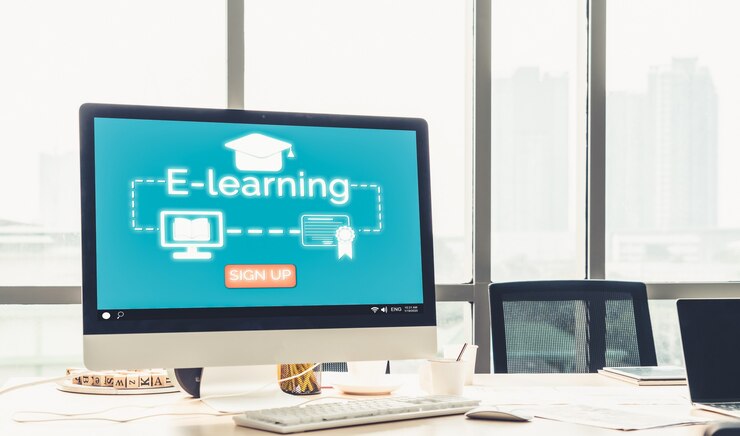How to Create an Effective Rewards System in Small and Medium Enterprises
introduction
In small and medium enterprises (SMEs), establishing an effective rewards system is crucial for motivating employees and fostering a productive work environment. A well-designed rewards system not only boosts morale but also encourages retention and enhances overall performance. Here’s a comprehensive guide on how to create one for your SME:
Understanding the Importance of a Rewards System
A rewards system goes beyond monetary compensation; it acknowledges and incentivizes employees for their contributions, fostering loyalty and satisfaction. In SMEs, where resources may be limited, a carefully planned rewards system can make a significant impact without straining budgets.
Steps to Implementing a Rewards System
- Assess Your Company Culture and Goals: Before implementing any rewards system, understand your company’s values and objectives. Align rewards with these to reinforce desired behaviors and achievements.
- Define Clear Objectives: Outline specific goals that the rewards system aims to achieve, such as improving performance metrics, fostering teamwork, or enhancing innovation.
- Choose Appropriate Rewards: Consider a mix of monetary and non-monetary rewards. These could include bonuses, extra time off, recognition awards, professional development opportunities, or even personalized gifts.
- Ensure Transparency and Fairness: Clearly communicate the criteria for earning rewards and ensure they are attainable by all employees based on their roles and contributions.
- Regularly Review and Adjust: Monitor the effectiveness of the rewards system regularly. Solicit feedback from employees to gauge satisfaction and make adjustments as necessary to maintain relevance and impact.

Frequently Asked Questions (FAQs) About Rewards Systems in SMEs
What are the benefits of implementing a rewards system in an SME?
A rewards system can boost employee morale, increase retention rates, improve productivity, and enhance overall company culture.
How can SMEs afford to implement a rewards system?
SMEs can implement cost-effective rewards such as recognition programs, flexible work arrangements, or non-monetary incentives that still hold significant value to employees.
Should rewards be individualized or team-based?
It depends on the company’s goals. Individual rewards can recognize personal achievements, while team-based rewards can encourage collaboration and collective success.
How often should a rewards system be reviewed?
Ideally, a rewards system should be reviewed annually or bi-annually to ensure it remains aligned with company goals and employee needs.
Conclusion
Implementing an effective rewards system in your SME requires thoughtful planning and alignment with your company’s values and objectives. By recognizing and rewarding employees appropriately, you can create a positive work environment that promotes growth, innovation, and long-term success.



















